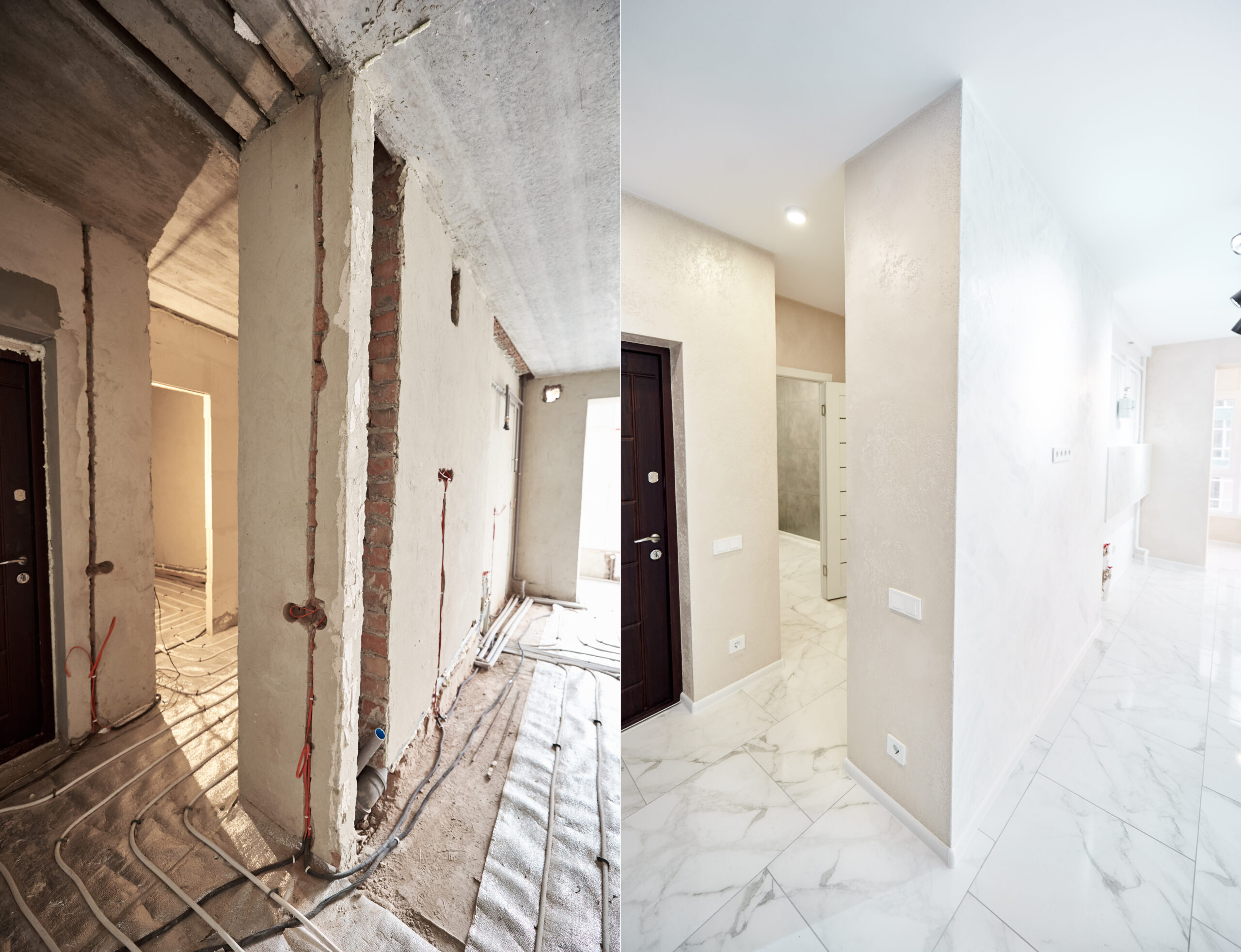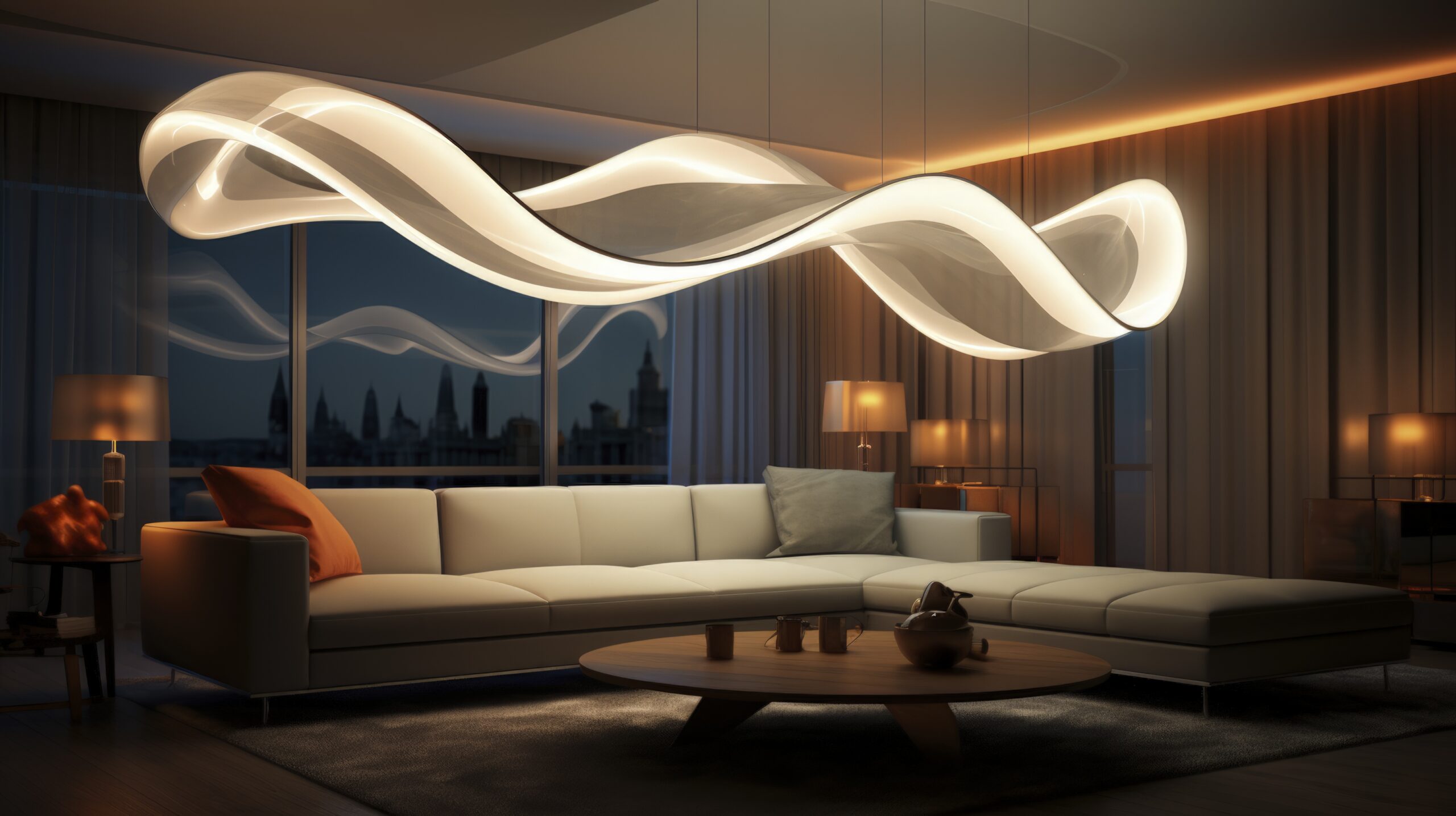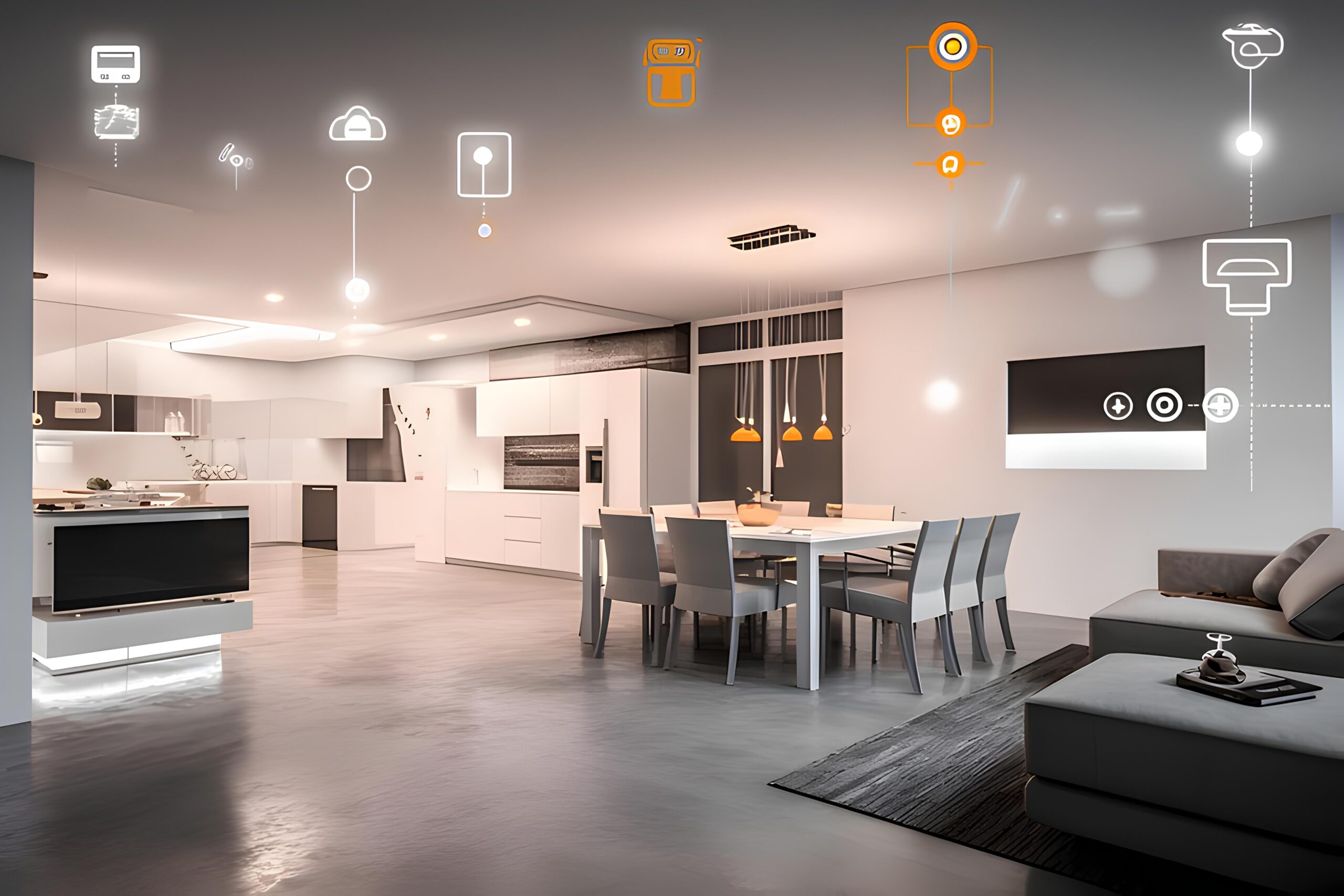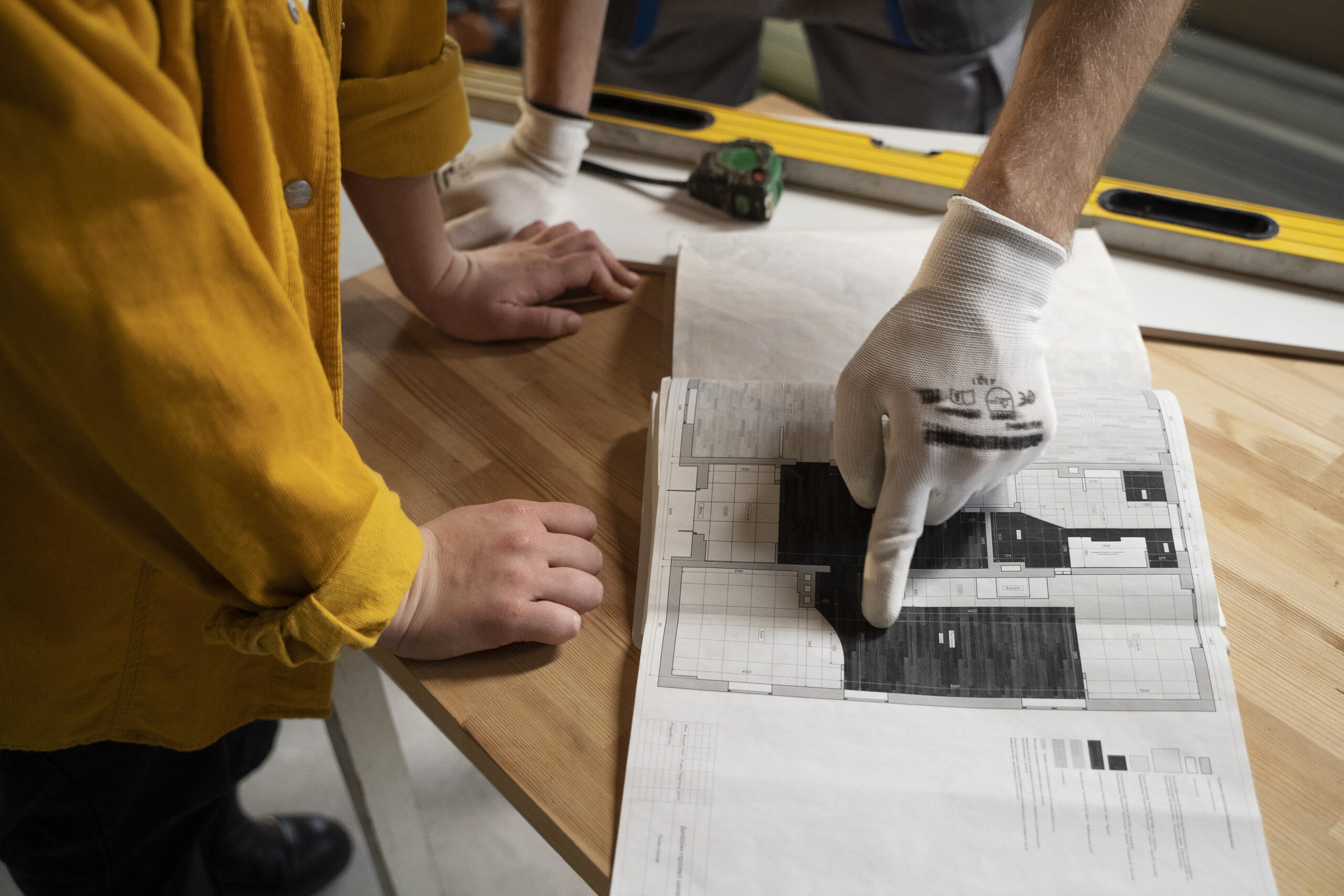by loyaladmin021
Share
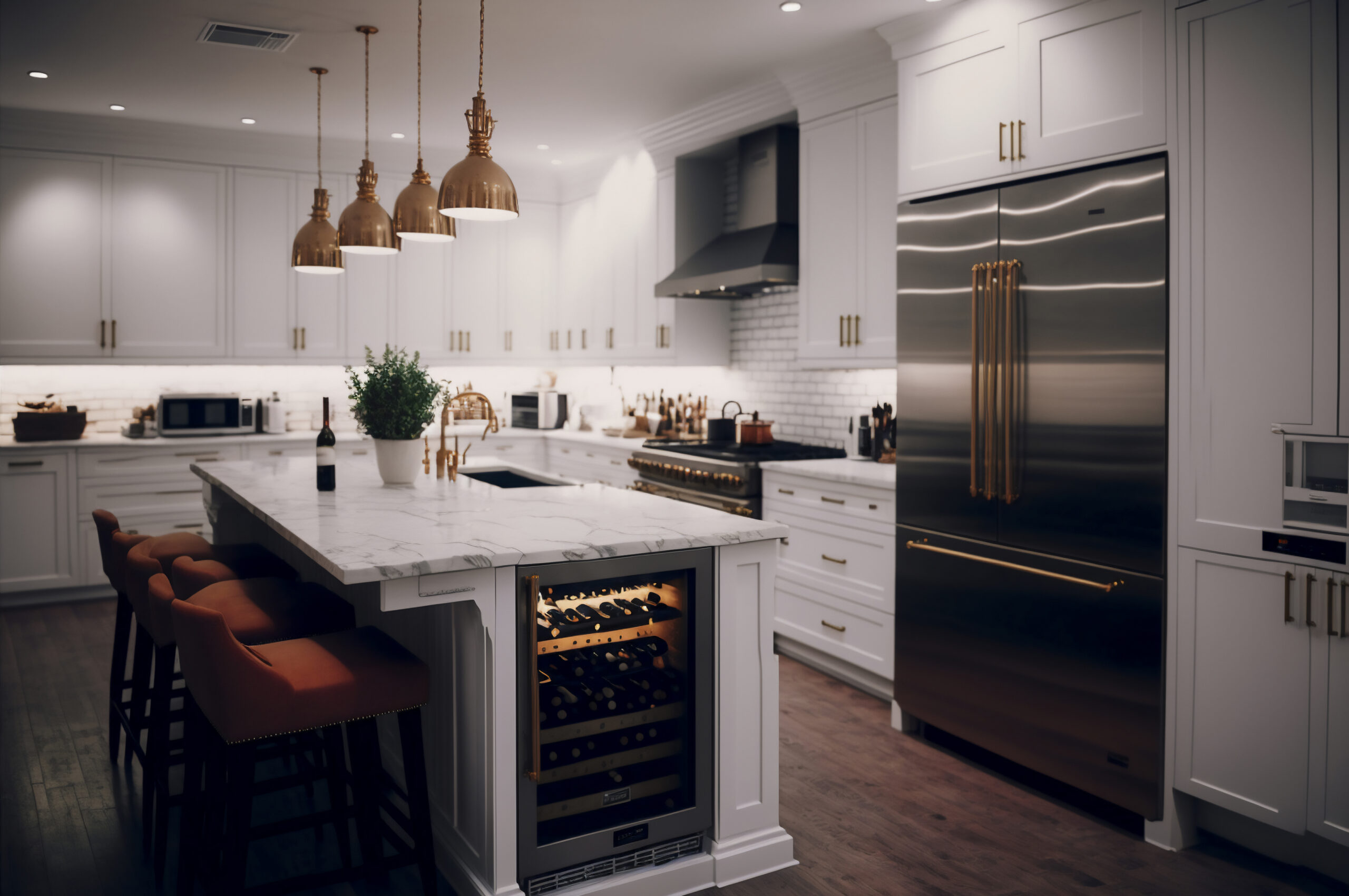
The kitchen is the heart of any home, but it’s also one of the most difficult spaces to light properly. Whether you’re cooking, cleaning, or entertaining, you need ample light to see what you’re doing and create a warm, welcoming ambiance. In this article, we’ll share 8 tips for improving the lighting in your kitchen, so you can make the most of this important space.
1. Start with a Plan
Before you begin adding lights to your kitchen, it’s important to have a plan in place. Think about the activities that take place in your kitchen, and where you need the most light. Do you do a lot of cooking? Do you entertain frequently? Are there areas of the kitchen that are particularly dark or difficult to navigate? Use these questions to guide your lighting plan and ensure that you’re addressing all of your needs.
2. Layer Your Lighting
One of the keys to effective kitchen lighting is layering. Rather than relying on a single overhead light, try to incorporate multiple light sources throughout the space. This might include under-cabinet lighting, recessed lighting, pendant lights, and task lighting. By layering your lighting, you can create a more nuanced, flexible space that can adapt to your needs throughout the day.

3. Choose the Right Bulbs
Not all light bulbs are created equal, and choosing the right ones can make a big difference in the look and feel of your kitchen. Consider the color temperature, brightness, and energy efficiency of the bulbs you select. For example, if you want a warm, cozy ambiance, you might opt for bulbs with a lower color temperature (around 2700K). If you need bright, clear light for tasks like chopping vegetables or reading recipes, look for bulbs with a higher color temperature (around 5000K).
4. Don’t Overdo It
While it’s important to have ample light in your kitchen, you don’t want to overdo it and create a space that’s harsh or glaring. Be mindful of the placement and intensity of your lights, and try to strike a balance between functionality and aesthetics. If you’re not sure where to start, consider hiring a professional lighting designer to help you create a plan that works for your space.
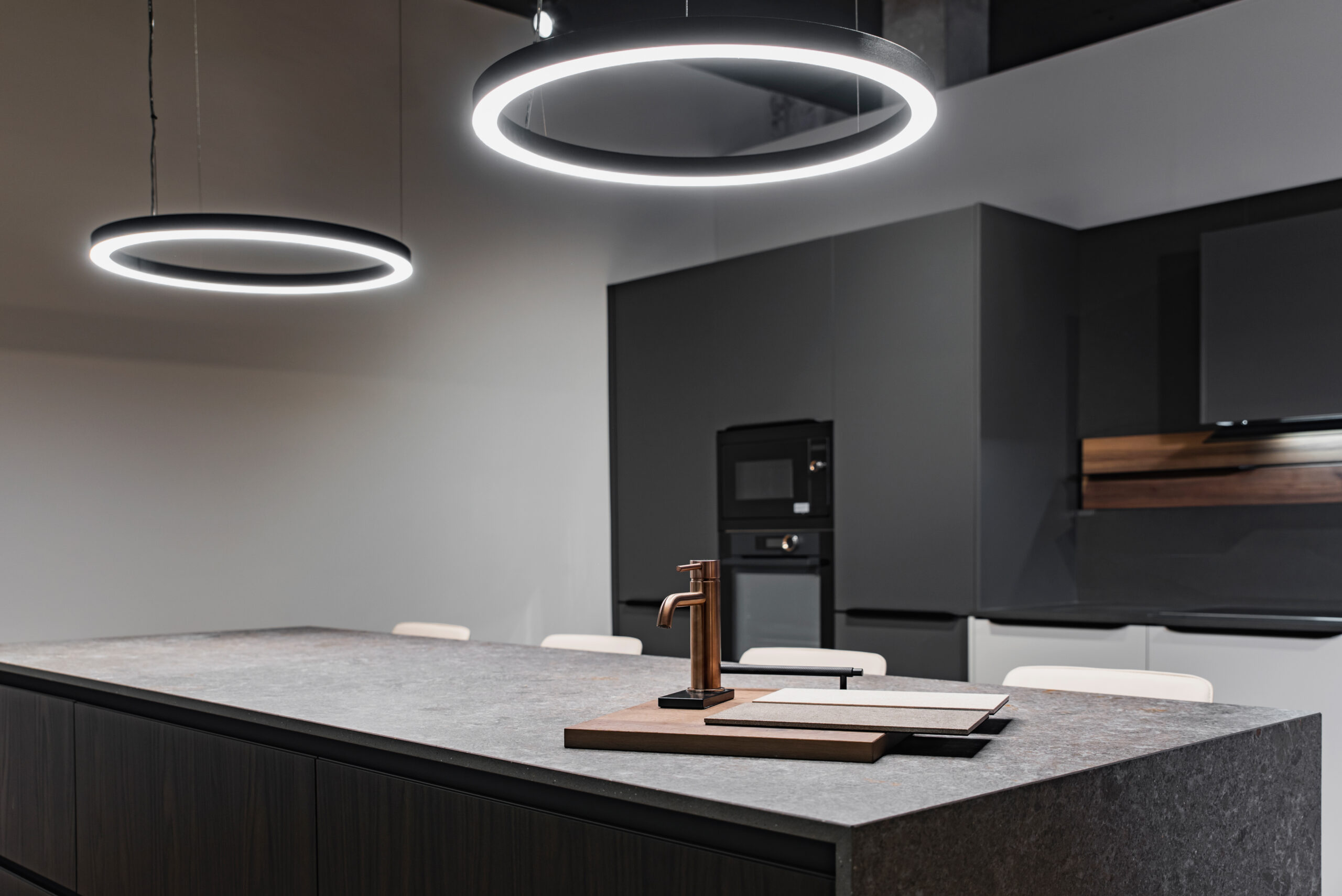
5. Incorporate Natural Light
Natural light is a great way to brighten up your kitchen and create a welcoming, inviting atmosphere. If possible, try to incorporate windows or skylights into your kitchen design, or consider adding a sun tunnel to bring in more natural light. Just be sure to balance the natural light with artificial lighting, so your kitchen remains functional even on cloudy days or at night.
6. Use Mirrors and Reflective Surfaces
Mirrors and other reflective surfaces can help amplify the light in your kitchen and create a brighter, more spacious feel. Consider adding a mirror backsplash, or incorporating reflective surfaces like stainless steel appliances or glossy countertops. This can also be a great way to add visual interest to your kitchen design.
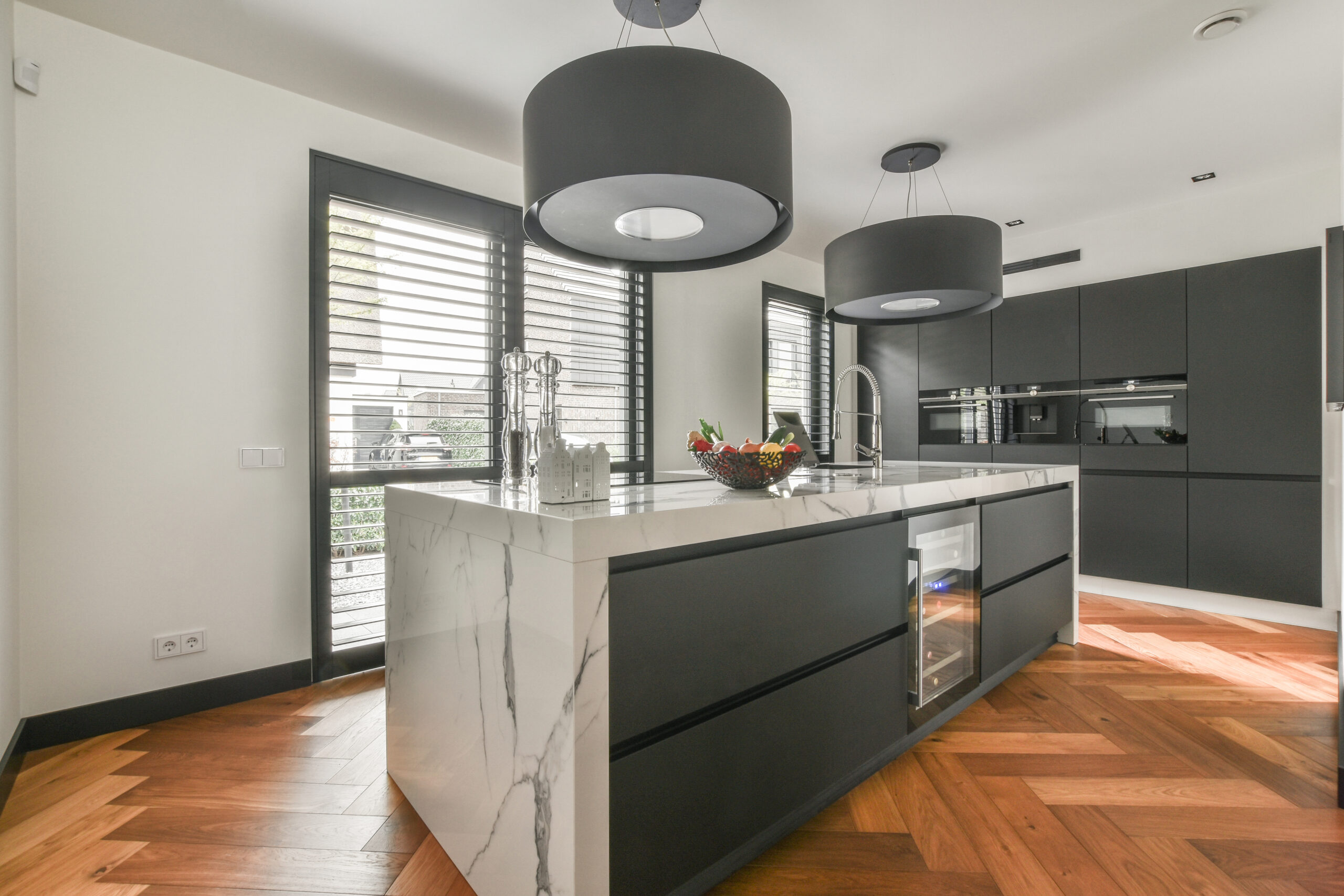
7. Highlight Key Features
If you have a particularly beautiful or unique feature in your kitchen, such as a backsplash, island, or range hood, consider highlighting it with accent lighting. This can help draw the eye to the feature and create a focal point in the space. For example, you might install recessed lights above your range hood, or use LED strips to light up your backsplash..
8. Don’t Neglect Your Cabinets
Cabinet lighting can be a game-changer in the kitchen, making it easier to find what you need and adding a touch of ambiance to the space. Consider adding under-cabinet lighting to illuminate your countertops and create a warm, inviting feel.
Loyal Construction: Top construction and Home remodeling services in Atlanta – Georgia, Cumming, Milton, Alpharetta, Buford, Sugar hil, Suwanee, Gainesville, Roswell
by loyaladmin021
Share
STAY IN THE LOOP

